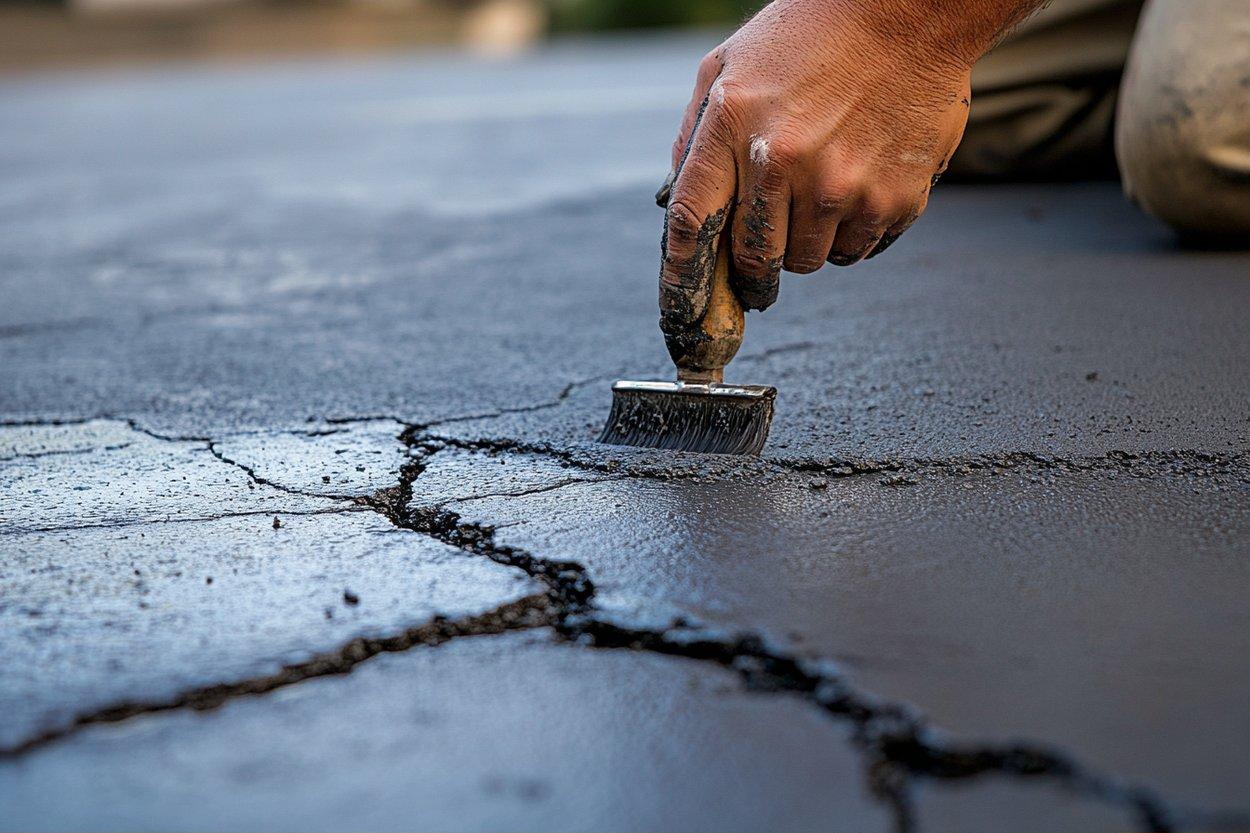Paving: Options, Maintenance, and Cost Considerations
Paving surfaces is a crucial aspect of construction and maintenance for roads, driveways, and urban areas. Choosing the right type of pavement affects not only durability and aesthetics but also cost and long-term maintenance. Different paving options come with specific features suitable for various needs and budgets. This guide explores common paving materials, proper maintenance methods, and cost factors that property owners and professionals should consider before investing, helping make informed decisions that ensure functionality and longevity of paved infrastructure.

Paving plays a crucial role in enhancing property aesthetics, functionality, and value. From residential driveways to commercial parking lots, the right paving solution can dramatically transform outdoor spaces while providing durability and practicality. This article explores various paving options available to property owners, essential maintenance practices to extend pavement life, and important cost considerations to help you make informed decisions for your paving projects.
Popular Paving Material Options
The market offers numerous paving materials, each with distinct characteristics suited for different applications. Asphalt remains a popular choice for driveways and roadways due to its cost-effectiveness and durability in various climates. Concrete provides exceptional longevity and versatility, available in numerous finishes including stamped, colored, or exposed aggregate varieties. For more decorative applications, interlocking pavers offer aesthetic appeal with the practical benefit of easy replacement if individual units become damaged.
Natural stone paving, including materials like granite, limestone, and slate, delivers unmatched beauty and character but typically comes with higher installation costs. Permeable paving options have gained popularity as environmentally-friendly alternatives that allow water to filter through the surface, reducing runoff and supporting groundwater recharge. Gravel represents the most economical option, though it requires more frequent maintenance to maintain its appearance and functionality.
Essential Maintenance Practices
Proper maintenance significantly extends the lifespan of any paving installation while preserving its appearance and functionality. Regular cleaning removes debris, prevents staining, and allows for early detection of potential issues. For asphalt surfaces, applying sealcoat every 2-3 years protects against UV damage, water penetration, and chemical spills. Concrete paving benefits from periodic sealing to prevent moisture absorption and reduce the risk of cracking during freeze-thaw cycles.
Crack repair should be addressed promptly regardless of paving type, as small fissures can quickly expand into major structural problems when water penetrates and freezes. Vegetation control along paving edges prevents root intrusion that can undermine structural integrity. For interlocking pavers, periodic re-sanding of joints maintains stability and prevents weed growth. Establishing a seasonal maintenance schedule ensures consistent upkeep and helps property owners budget for routine maintenance expenses.
Long-Term Cost Efficiency
While initial installation expenses often drive paving decisions, considering long-term cost efficiency provides a more accurate picture of overall value. Though asphalt typically costs less upfront than concrete or pavers, it generally requires more frequent maintenance and has a shorter lifespan of 15-20 years compared to concrete’s potential 30+ years. Premium materials like natural stone command higher initial investments but may outlast other options by decades when properly maintained.
Lifecycle costing—analyzing installation, maintenance, repair, and eventual replacement expenses—offers a comprehensive approach to evaluating paving options. Climate considerations significantly impact cost efficiency; for instance, areas with frequent freeze-thaw cycles may find concrete’s durability outweighs its higher installation cost compared to asphalt, which may deteriorate more quickly under these conditions. Professional installation, though more expensive initially, often prevents costly repairs resulting from improper base preparation or installation techniques.
Professional vs. DIY Installation
The decision between hiring professionals or undertaking paving as a DIY project depends on project scope, technical requirements, and personal skills. Professional paving contractors bring specialized equipment, technical expertise, and efficiency that typically results in superior outcomes for large-scale projects. They understand proper base preparation—the foundation of long-lasting pavement—and can navigate complex grading and drainage requirements that might challenge inexperienced installers.
DIY paving remains viable for smaller projects like garden pathways or limited repairs, particularly when using modular materials like interlocking pavers. However, homeowners should realistically assess their capabilities, as improper installation often leads to premature failure and costly remediation. The time investment for DIY paving projects frequently exceeds initial estimates, especially for first-time installers learning techniques through trial and error. For critical applications like driveways or commercial areas, professional installation typically provides better long-term value despite higher upfront costs.
Paving Cost Comparison by Material Type
Understanding typical cost ranges helps property owners budget appropriately for paving projects while weighing material benefits against financial constraints.
| Paving Material | Average Cost (per sq. ft.) | Typical Lifespan | Maintenance Requirements |
|---|---|---|---|
| Asphalt | $2.50 - $4.50 | 15-20 years | Moderate (sealcoating every 2-3 years) |
| Concrete | $4.00 - $8.00 | 25-30+ years | Low to moderate (sealing every 3-5 years) |
| Interlocking Pavers | $10.00 - $20.00 | 25-30+ years | Low (occasional joint sand replacement) |
| Natural Stone | $15.00 - $30.00 | 50+ years | Low (periodic sealing for some types) |
| Gravel | $1.00 - $3.00 | 5-10 years | High (regular regrading and additions) |
| Permeable Pavers | $12.00 - $22.00 | 20-30 years | Moderate (cleaning to maintain permeability) |
Prices, rates, or cost estimates mentioned in this article are based on the latest available information but may change over time. Independent research is advised before making financial decisions.
Environmental Considerations
Modern paving choices increasingly reflect environmental concerns alongside traditional performance factors. Permeable paving systems allow water infiltration, reducing stormwater runoff and supporting natural groundwater recharge. These systems help mitigate urban heat island effects and can contribute to LEED certification points for sustainable building projects. Recycled materials have entered the paving market, with options including recycled asphalt pavement (RAP), concrete containing recycled aggregates, and pavers manufactured with recycled glass or plastic components.
Light-colored paving materials reflect rather than absorb solar radiation, reducing surface temperatures and associated cooling costs in surrounding buildings. Some innovative paving products incorporate air-purifying properties through photocatalytic technology that breaks down air pollutants when exposed to sunlight. When evaluating paving options, property owners increasingly consider these environmental factors alongside traditional concerns about durability, aesthetics, and cost.
Selecting the appropriate paving solution requires balancing immediate budget constraints with long-term performance expectations. By understanding material options, maintenance requirements, and realistic cost projections, property owners can make informed decisions that provide lasting value. Whether prioritizing initial affordability, minimal maintenance, environmental benefits, or aesthetic appeal, today’s diverse paving market offers solutions to meet virtually any requirement or preference.




